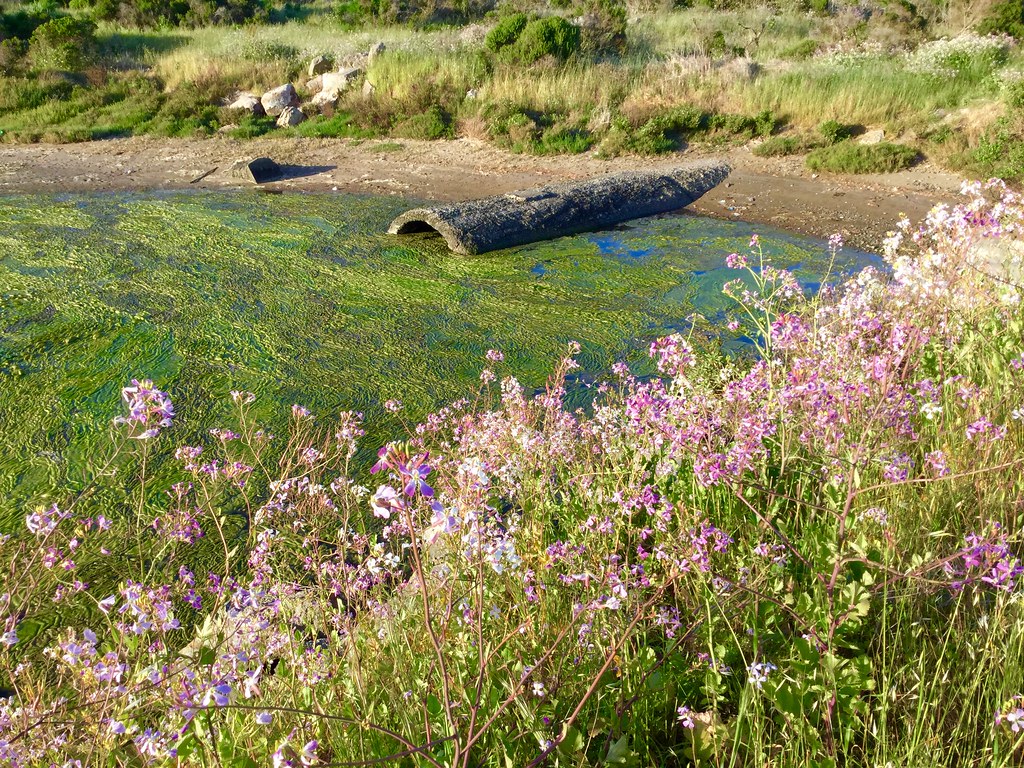I work in an industry rife with false hype to the tune of billions of dollars so I am unsure as to why I still get hot under the collar about false marketing in the puerh world. Tea fraud is a never ending evil and we are lucky we have champions to fight the cause. The end of this year has seen all sorts of misdeeds in the tea industry and elsewhere.
I recently went back to visit my family home back east. I had such fond memories walking the Washington Cherry Blossom Parade with Princess Pale Moon in elementary school that I looked her up to see if she was still a fixture for the parade. It turns out she was neither an American Indian nor a Princess.
- Verdant Tea - For reals? Again? Their claims of 1800 year old tea are so above board outrageous, it forced the usually calm and unexcitable Scott Wilson to show his fighting muscles. I totally ooh'ed and aah'ed over how Scott picked apart Lily Duckler's defense by exposing her photo proof as fraudulently representing their Qianjiazhai source tree when the said tree is a known famous ancient tea tree sited in Fengqing 300km away. I'm sure Scott could not have survived and succeeded 12 years in Yunnan and in the Chinese tea industry without balls of steel aplenty. Will this scandal have any impact on Verdant Tea's suspect marketing practices? Marshaln states more diplomatically it's more likely Verdant tea is the knowing perpetrator. I myself would not be surprised if such shenanigans reoccurred in three more years although I don't know how you can out do selling 1800 year old tea.
- BBC tea picker exploitation scandal - we collectively knew Indian tea pickers suffered low wages but we didn't know it was this terrible. Ironically I picked this story up from the Verdant Tea blog. Inhumane lack of access to toilets is terrible for so many reasons the least of which is pooping in the tea bushes. Nothing ruins the luxury image for Harrods or Fortnum and Mason tea quicker than BBC publishing raw photos of insanitary clogged toilets on their source tea estate. The conditions are so shockingly appalling to send the tea drinker's mind instantly into denial. I predict the British as well as the rest of the world will continue drinking black tea as usual.
- Mast Brothers chocolate scandal- Even though they remelted and resold industrial chocolate in the early years- Mast brothers insist they are 100% bean to bar. To me the real scandal is how they peddle such subpar bars for top dollar with slick marketing and beautifully designed Italian wrappers. I've rarely run across a terrible bar above $5 price point but I was shocked at how stale and unacceptably bland tasting their Papua New Guinea bar was at $12. I was wholly satisfied they were finally being called out. Actually the original investigator Scott Craig of dallasfood.org who outed the Mast brothers had done a similar expose on the now defunct NOKA Chocolate for ridiculous upcharging of remelted Bonnat couverture. It was none other than Craig's NOKA reporting which inspired me to be more investigative in my blogging leading to my original expose on Verdant Tea.
- The most intriguing scandal for me this year involves the med tech startup Theranos for misrepresenting the effectiveness of their technology which allows blood testing based on a tiny prick of blood. Lest they come after this dinky blog for libel, I'll just say no more.
I recently went back to visit my family home back east. I had such fond memories walking the Washington Cherry Blossom Parade with Princess Pale Moon in elementary school that I looked her up to see if she was still a fixture for the parade. It turns out she was neither an American Indian nor a Princess.











































